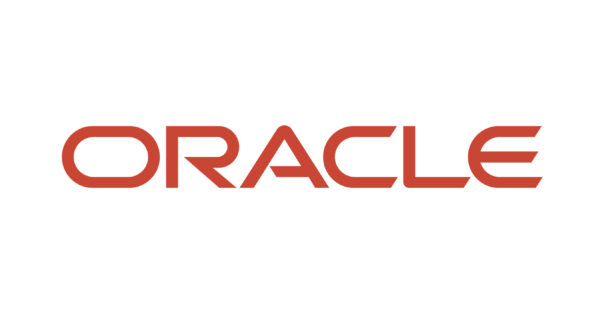Page 2 of 6
You’ve configured opendkim for your smtp server but when clients use your smtp servers emails are not signed. By default opendkim trust only local host, you have to specified all the host to trust. Uncomment the following line in opendkim.conf:… Continue Reading →
Currently there is no 100% reliable solution, but the most “reliable” solution is the one used by email marketing platforms such as MailChimp, MailJet, SendInBlue and so on. Thus it is a question of sending an email in HTML format… Continue Reading →
Do you have this kind of error message ? It means that one or more object is invalid. And in the error message you have the object name causing this error and then you can find the ids of instances… Continue Reading →
Conclusion Let’s sum up what we’ve achieved: Also remember that we have placed our different files related to the docker part inside a .devcontainer/ folder at the root of our PHP project which allows you to put it in a… Continue Reading →
Introduction to VSC: Visual Studio Code Maybe you don’t know VSC? Don’t panic, team Bichon will introduce you to him. Visual Studio Code is a free, extensible, open source code editor developed by Microsoft for Windows, Linux and macOS. This… Continue Reading →
mod_deflate.conf In the folder .devcontainer/docker/ you have created an empty file called mod_deflate.conf. Here are the contents to put in this file: We will explain its usefulness in the chapter “Dockerfile” just after the definition of the Dockerfile. This file… Continue Reading →
Your PHP project on which you want to develop Objective: create a simple php project that is representative of a PHP project you might be working on. This project will serve as a support for the rest of the tutorial…. Continue Reading →
NOTE: This blog post was first posted in 2019 on another blog site. Fed up with setting up an environment at each project startup? You change your PC, and you have to reinstall everything? Your development works on your PC… Continue Reading →
You are on a CentOS server, connected as a non-root user, for example here as the user owner of the tomcat installation folder, let’s call it mytomcatuser. And when you want to stop tomcat using the systemd tomcat.service then you… Continue Reading →
You can scan your website here (don’t forget to check ‘hide result’): https://securityheaders.com Then add the following code to your .htaccess or directly inside de server configuration file if you have access to it: Now it’s better:



